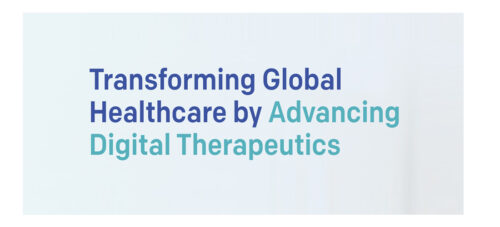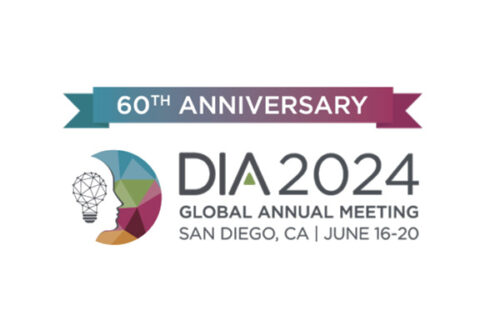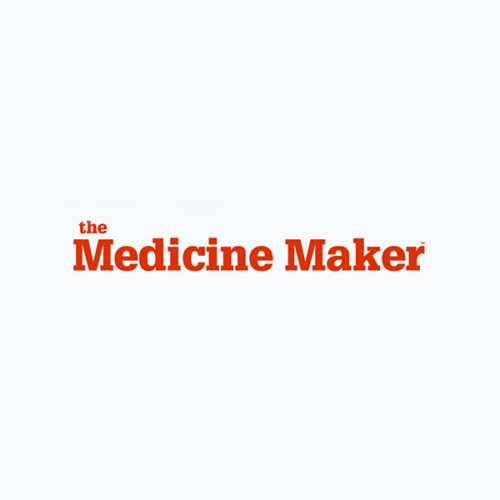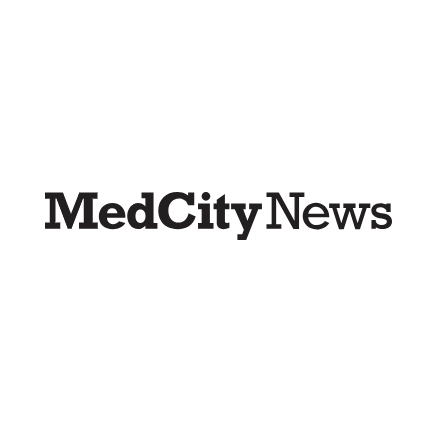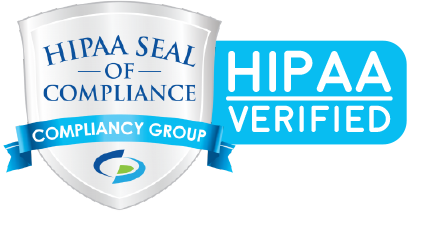June 7, 2022
Improving preventative care and chronic disease management has helped slow the process of aging. In the United States, the 65 and older population has grown by over a third in the past decade, and the number of adults aged 85 and older is expected to nearly triple by 2060. Yet, living longer comes with risk. Genetic mutations are generally managed by the body’s ability to perform necessary repairs. However, with increasing age, the number of mutations also increases, which can give rise to cancer. Indeed, people aged 67 and older represent half of cancer patients and cancer is the second leading cause of death for people aged 85 and older. We owe it to ourselves to do something about this.
While the primary purpose of research is to learn, clinical research also seeks to advance treatments if possible. Many oncology patients, particularly those with aggressive disease, know that access to the most advanced medicines may entail being a part of a clinical trial. In comparison to other disease groups, cancer trials have the fewest age caps for enrollment. This is partly because, unlike chronological age or the number of years alive, physiological age (or how old one is due to genetics and lifestyle) is a better indicator of a patient’s ability to tolerate harsh treatment regimens and related toxicities. Older age is generally associated with reduced organ function and poorer performance status scores, which are risky for institutions ill-equipped to manage therapy-induced complications. Furthermore, sponsors would prefer to minimize instances of negative effects from their drugs; in response, many cancer clinical trials have an upper age limit of 70 to 80. Disappointingly, the median age of cancer participants enrolled in trials is an average of 6.49 years younger than that of patients with the same cancers not enrolled in trials. In essence, cancer patients who are granted entry to clinical trials are typically younger, fitter, and likelier to tolerate research regimens, while older, higher-risk patients are left without immediate access to potentially life-prolonging therapy. The very people who are most likely to require treatment with innovative therapies will not reap the benefits of a rigorous testing process.
Fortunately, these same patients are widely adopting technology: More than half of US adults age 65 and older own smartphones and 75% use the internet. Cancer patients are more likely to complete web-based questionnaires than paper-based forms. Oncology researchers often consider in-person follow-up essential to ensure safety and wellness in study participants. But this begs the question of whether the risk of missing an in-person observation outweighs the risk of transporting the infirm. Unless patients are so sick as to require hospitalization, are they not better off in the comfort of their homes, avoiding communicable infections for at least part of a trial’s duration?
One study shows that cancer patients who are offered the telehealth option improved communication with their providers, had 38% fewer hospital admissions and 31% fewer readmissions, and improved quality of life. This is significant because older cancer patients prefer quality of life over length of life. For cancer patients, untreated symptoms like gastrointestinal upset and pain can turn serious rapidly. Digital in-home symptom tracking tools for patients receiving chemotherapy offer pattern-recognition, severity detection, and real-time symptom management which reduce symptom burden by 43%, decrease the number of emergency room visits, and mitigate costs.
Advances in technology allow us to play 4-D video games, turn down our home’s heat while traveling in another state, and print objects from a personal-use device, yet we go about clinical research in an archaic fashion. Investment in our health is surely as important as investment in fun-to-haves, and yet trial participants remain too familiar with paper surveys, long clinic visits, and delayed responses to adverse events. If there is ever a time for clinical research to get up to speed with technology-driven industries, it’s now. And elderly cancer patients must be the focal point of this endeavor.
There are already pioneers committed to this mission. The Collaborations in Health, Aging, Research, and Technology (CHART) at the University of Illinois at Urbana-Champaign has constructed a research-focused “smart home” to learn how the elderly may benefit from using smart appliances, assistive robotics, and home sensors. Tools like these may seem like a luxury to some but could be essential for those who would otherwise rely on caregivers to meet basic health needs and achieve a sense of normalcy. If access to these tools improves someone’s ability to participate in a clinical trial–because they can now do just about anything a younger, healthier person can do, just differently–industry sponsors should pay attention. One cannot discount the cost of owning smart devices and tools. Insurance coverage and reimbursement programs could make a big difference in affordability. Traditional (less new) technology often carries the benefit of reduced or no cost for use. Examples include phone applications, wearable devices, and voice-operated mobile assistants.
It is important to note that some barriers to maximizing technology use in the elderly do exist. For instance, difficulty reading from small screens, manipulating voice-activated software, and understanding evolving terminology are a few. But these challenges are not insurmountable. Understanding how the elderly utilize technology is a step in the right direction. By engaging multidisciplinary research teams in rich discussions with patients and their caregivers, the potential for developing truly smart, customizable technology is vast. It may not be long before augmented reality glasses can be used for easily viewing and completing drug diaries as well as participating in virtual health visits. An automated call to a clinician when an in-dwelling catheter detects low levels of circulating red blood cells may be just around the corner. A bit of foresight, some creativity, and an incorporation of technology can allow investigators to spend more energy focusing on collecting and generating meaningful remote follow-up data that eventually improves treatment access and outcomes for elderly patients.
At present, we can only hope that our parents, grandparents, and even our future selves, if faced with cancer, will thrive in old age–not alone, but with the companionship of our aging loved ones. We can make this a reality by applying technology and thinking “outside of the (clinic) box” to bring our cancer clinical research to our elderly cancer patients.



